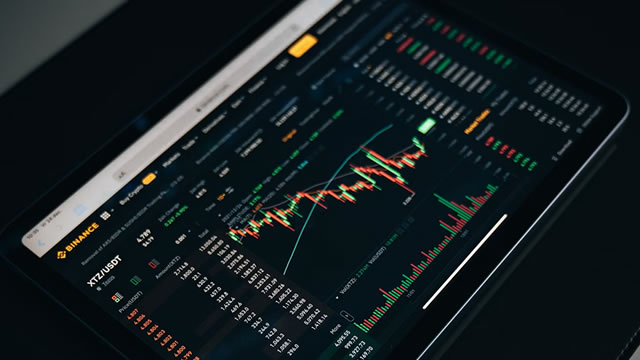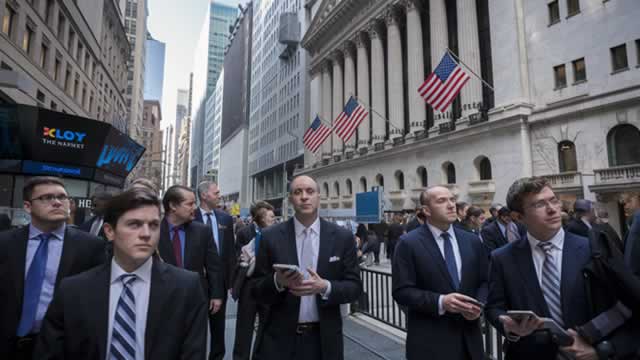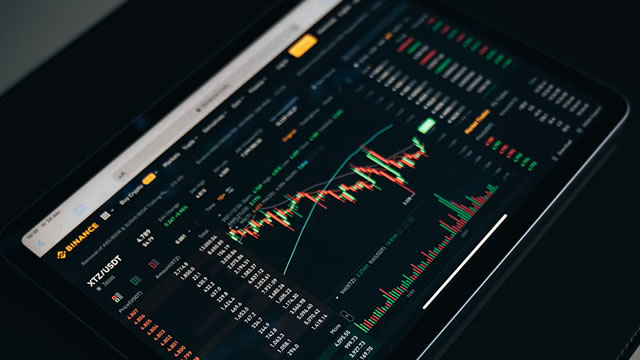Last Week’s Surprise Dip in US Economy: A Rollercoaster Ride for Implied Volatilities
Last week, the financial markets took a turn for the turbulent, as weaker-than-expected US economic data sent shockwaves through various asset classes. The ripple effect was most noticeable in the equity markets, where the Russell 2000 Index (RTY) saw a significant increase in volatility.
Small-Cap Stocks Take the Brunt of the Hit
The small-cap sector was hit the hardest on Friday, with the 1-month at-the-money (ATM) volatility for RTY surging by a substantial 3 points. This jump in volatility is a reflection of increased uncertainty and anxiety among investors regarding the economic growth outlook.
Equity Volatility: A Cascade Effect
The rise in small-cap volatility set off a chain reaction, causing implied volatilities to climb across other equity indices as well. The S&P 500 and the Nasdaq Composite also experienced a noticeable increase in volatility, albeit to a lesser extent than RTY.
Impact on Your Portfolio
For individual investors, this heightened volatility could mean increased risk, particularly for those with a significant allocation to small-cap stocks. The sudden surge in volatility could lead to larger swings in the value of their portfolios, potentially resulting in losses. However, it’s essential to remember that volatility is a natural part of investing, and short-term market fluctuations should not be the sole determinant of long-term investment strategies.
A Global Phenomenon
The US economic data-driven volatility was not an isolated incident. The ripple effect was felt across the globe, with European and Asian markets also experiencing increased volatility. The Euro Stoxx 50 and the Nikkei 225 both saw their implied volatilities tick upwards, indicating a broader market trend.
What Does This Mean for the Future?
The future of the markets remains uncertain, and the recent volatility serves as a reminder of the inherent risks involved in investing. It’s crucial for investors to stay informed, diversify their portfolios, and maintain a long-term perspective. As the economic landscape continues to evolve, it’s essential to remain agile and adapt to changing market conditions.
- Stay informed: Keep a close eye on economic data releases and market trends
- Diversify: Spread investments across various asset classes and sectors
- Maintain a long-term perspective: Focus on long-term investment goals instead of short-term market fluctuations
- Adapt: Be prepared to make adjustments to your investment strategy as market conditions change
Conclusion
Last week’s economic data-driven volatility served as a stark reminder of the inherent risks involved in investing. The surge in small-cap volatility set off a chain reaction, causing implied volatilities to climb across various equity indices and even extending to global markets. While this increased volatility presents challenges for investors, it also offers opportunities for those who remain informed, diversified, and adaptable. By staying abreast of market trends, maintaining a long-term perspective, and being prepared to make adjustments as needed, investors can navigate the ups and downs of the markets and achieve their financial goals.





